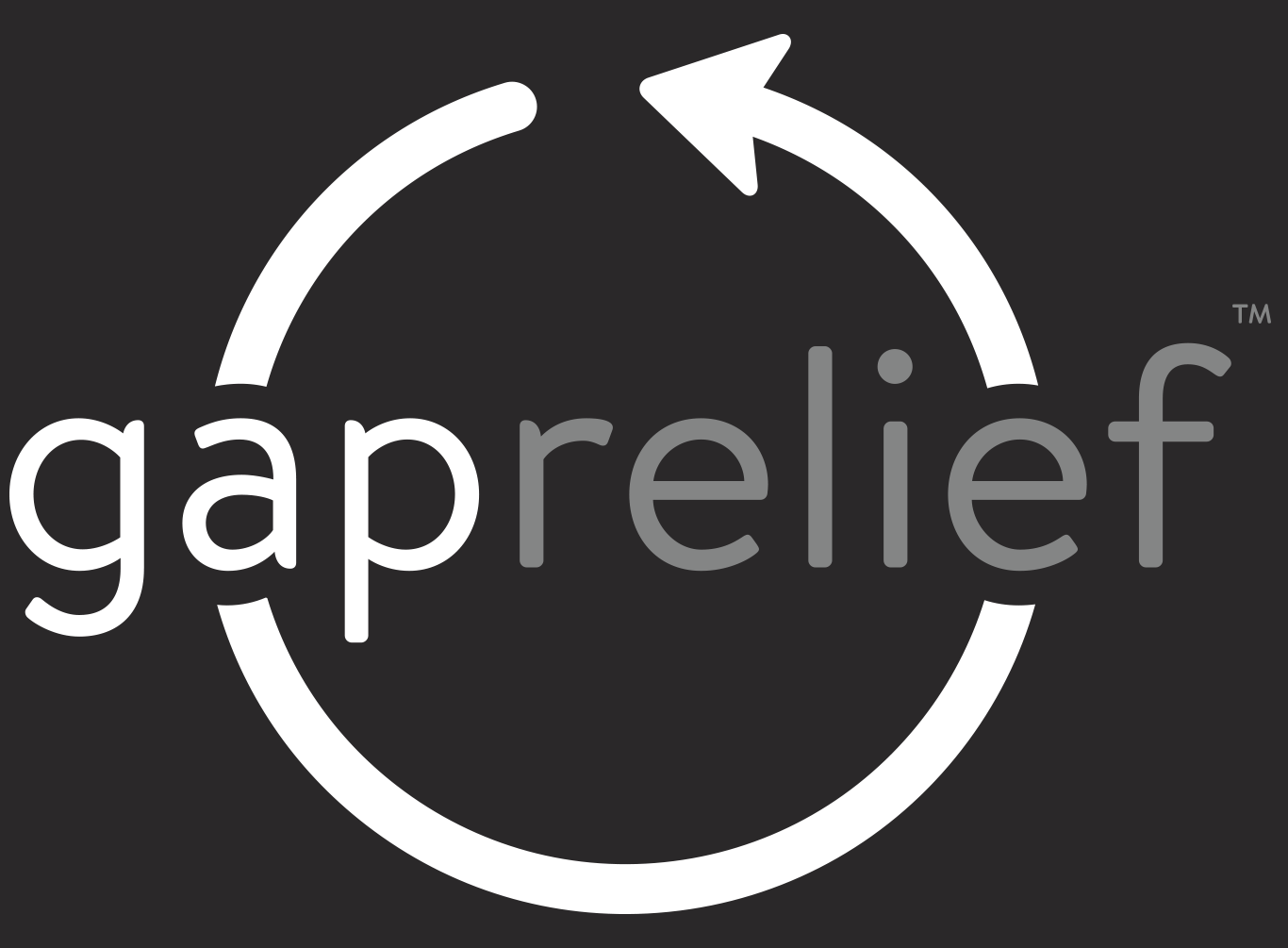How Slower Pacing Makes Us Faster
3 minute read
Many of us are, as Megan describes in the video, ‘pusher-through-ers.” We don’t like to slow down. We don’t like roadblocks. We don’t like delaying our mission. In the helper community, it can almost seem detrimental to the mission to allow any setbacks whatsoever because often, people’s lives are depending on it.
The problem with this method is… humans don’t work that way.
That’s a tough reality to face, especially for those of us with big hearts and a drive to make things better.
Gap Relief Co-Founder, Megan Taylor, sat down with us to teach us how she learned that slowing down actually often allows us to reach the mission faster, and she learned this lesson the way all good lessons are learned: through pain and injury. And running, obviously.
It all started a few years ago when Megan was experiencing a chronic ankle injury. As an avid runner, this was a problem. Because she did not want to give up something she loved and that made her feel good, she continued to run on this injured ankle. This of course never allowed her ankle to fully heal and greatly affected her performance and pain levels as she was doing something she normally loved.
This all led her to begin experimenting with interval training. She continued to run almost the entire duration of her workout EXCEPT when going uphill, when she would walk instead. Over time, she noticed a couple of things:
That her injury went away. More than that, it hasn’t really come back. By slowing down and allowing it to fully heal, she set herself up to stay on mission for the long run.
That she actually finished her runs faster. This one surprised her most because that shouldn’t really make sense, right? She slowed down significantly during her runs, but her finish time was quicker than all that time she was running on an injury.
Something was happening during her walking intervals that was allowing her body more energy during the times when she was running. This was good information for her running hobby, but it had a huge lightbulb effect when she applied it to her work in therapy.
We’ve often talked about the idea of “Condition-Informed Plans.” This is when we allow the human condition of those carrying out the plans or missions to matter when making the plans or missions. It seems simple, but in a society where bigger, better, faster is the rule, not the exception, we see this less and less in culture in general, but especially in the helper communities who keep us safe and healthy, and therefore need the most care and resilience.
When we slow down and pay attention to what we need as humans and as helpers, then we might actually get to our mission or goal quicker than we might have had we just pushed through the entire time.

